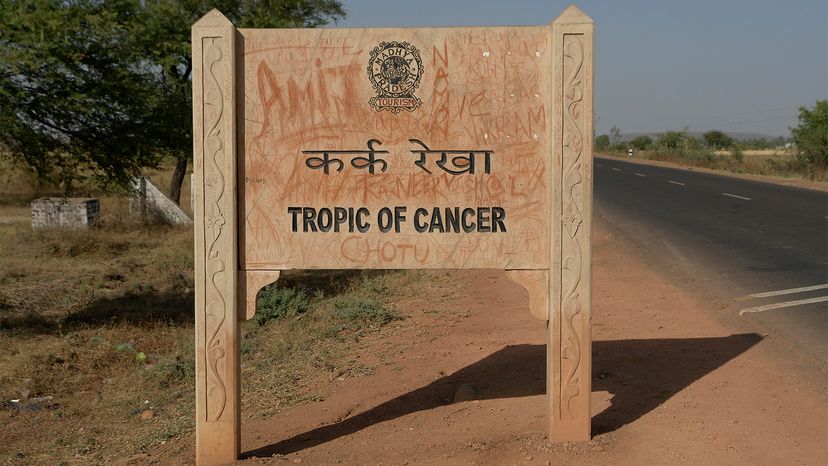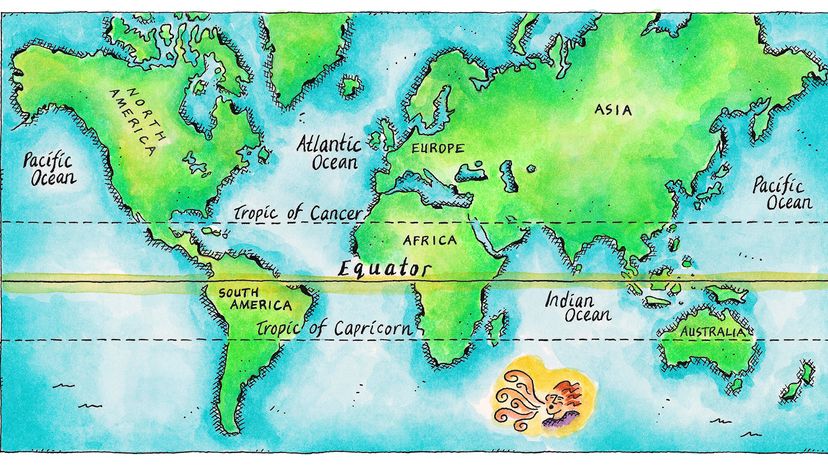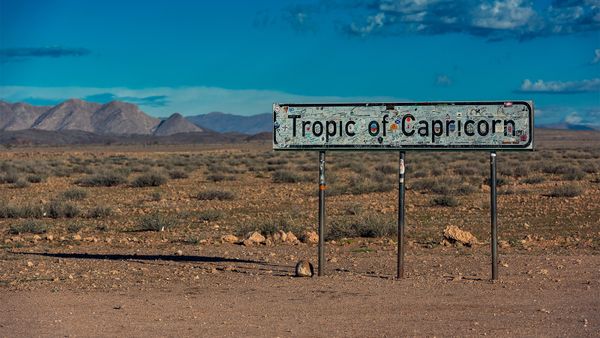
"It was because to me, cancer symbolizes the disease of civilization, the endpoint of the wrong path, the necessity to change course radically, to start completely over from scratch." That's how author Henry Miller explained the title of his controversial 1934 novel, "Tropic of Cancer." The book, set in late 1920s and early 1930s France, focuses on Miller's life as a struggling writer. While his inspiration for the title is perfectly fitting, some readers are surprised to find the subject material completely unrelated to the other Tropic of Cancer. So, what is the Tropic of Cancer and why is it important?
Let's start with the basics: Latitude is a measurement of distance north or south of the equator, the imaginary line that encircles the middle of the planet. The equator's latitude is 0 degrees, and there are 180 imaginary lines (known as parallels) that circle Earth from east to west that run (surprise!) parallel to the equator. A "circle of latitude" refers to the imaginary ring that links all the points on a shared parallel. The latitude of the North Pole? Ninety degrees north. The South Pole? Ninety degrees south.
Advertisement

